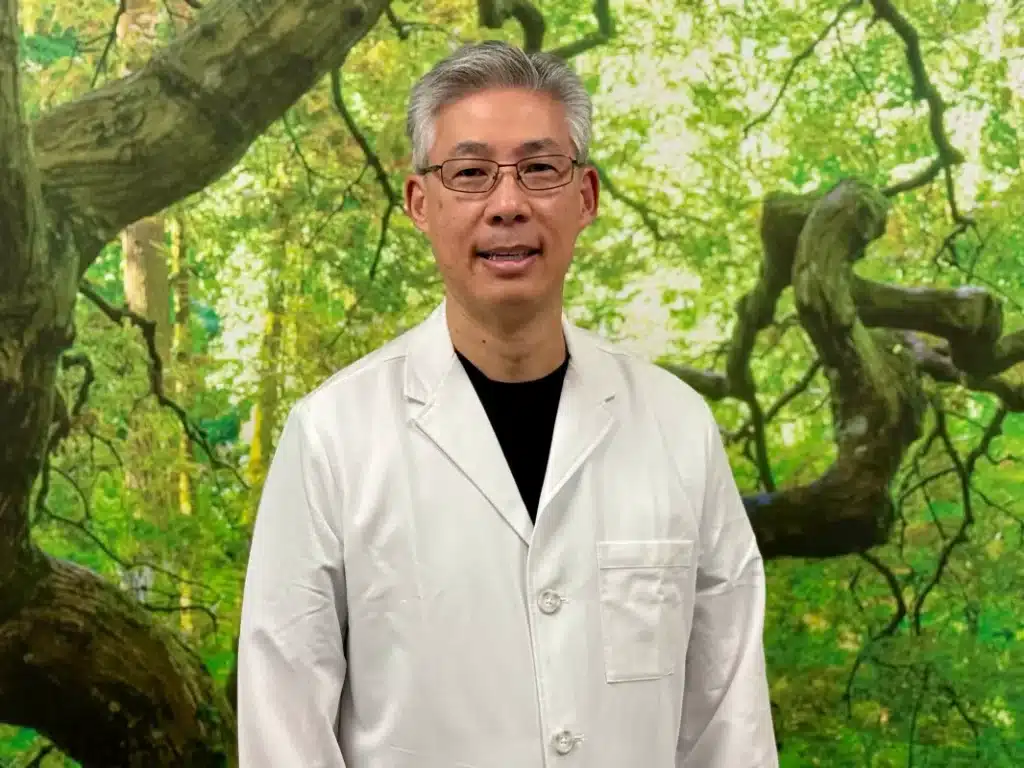What Causes CRPS To Get Worse?
Do you experience pain in your skin when touched, or in your legs when walking in cold, rainy weather? Have you noticed any unusual changes in your skin color or temperature? Have you had no recent injuries but still feel this discomfort? – True for CRPS I, but it can also follow an injury (CRPS II) It’s possible you may have complex regional pain syndrome. Don’t let this condition worsen. There are steps you can take to prevent its progression.
What Is Complex Regional Pain Syndrome?
Complex regional pain syndrome (CRPS) is a general term that describes excessive and long-term inflammation and pain you may have after injuring an arm or leg. It can be acute (recent, short-term) or chronic (lasting more than six months). If you have CRPS, you know the pain can be spontaneous or excessive, and can be triggered by something as mild as being touched. Although CRPS can improve and may go away in time, symptoms which don’t subside can be disabling.
What Are The Symptoms?
If you have CRPS, the symptoms can often be managed with pain medicine or even ketamine therapy but recognizing them goes a long way in finding treatment that helps. Complex regional pain syndrome has two types – 1, which develops without known nerve damage, and 2, which is triggered by specific nerve injury. Typical symptoms may include:
- Nonstop burning or throbbing sensation
- Sensitivity to touch
- Sensitivity to cold or hot weather, and humidity
- Swelling in the area that hurts
- Variations in skin temperature and color
- Changes in skin texture, as well as hair and nail growth
- Joint stiffness, swelling, and injury
- Atrophy
- Reduced ability to move affected limbs
Symptoms can change over time and vary by person, but discomfort, swelling, redness, and visible changes in skin temperature and hypersensitivity normally happen first. Many symptoms, like muscle spasms and tightening, could indicate a serious problem. Once these happen, CRPS is often irreversible.
If you have CRPS, see a healthcare professional before the symptoms ruin your quality of life.
Know the Causes
CRPS can happen in children, but usually peaks in adults around the age of 40 and happens more in women than men. No one knows the exact cause. But leading candidates include general inflammation, inflamed nerves, and even variations in pain perception in the brain and spinal cord. Certain substances and chemicals found in the affected limbs are another possibility, along with problems with neurotransmitters and how pain signals are sent through the body.
Avoid These Things to Keep It from Getting Worse
Complex regional pain syndrome is different for everyone. Though its symptoms are generally the same, they can strike at different times and with different intensities based on many factors. It’s a very rare condition that may go away on its own, but for the 200,000 people in the U.S. affected by it, that’s little consolation. If you have CRPS, you may want to avoid any of the following to keep it from getting worse.
- Nicotine use. About 30 million people in the U.S. use tobacco-based products, many of whom experience CRPS and other chronic pain conditions. In one study, it was found that people with CRPS Type I who used nicotine were more susceptible to pain-related anxiety.
- Excessive alcohol consumption. Many people use alcoholic beverages to dull physical and emotional pain, but there’s evidence that excessive alcohol consumption can have the opposite effect on someone with CRPS.
- Excessive caffeine.
- Sleep deprivation. If you have poor sleeping habits or sleep is otherwise disrupted, your CRPS will likely worsen. The Reflex Sympathetic Dystrophy Syndrome Association estimates 75 to 90% of people with complex regional pain syndrome also have a sleep disorder.
- Stress.
- Cold or heat.
- Inflammation.
- Emotional or physical trauma can worsen the symptoms linked to complex regional pain syndrome.
- Weather changes, particularly changes in temperature or barometric pressure, can make CRPS worse. According to Loma Linda University Health, if barometric pressure drops, it’s not unusual for the nerves to experience more pressure than normal, and send pain signals to the brain.
- Too much or too little physical activity.
Diagnosis & Treatment
If you suspect you may have complex regional pain syndrome (CRPS), it’s important to seek proper diagnosis and treatment. The diagnosis process may involve tests such as bone scans, x-rays, and MRI, and will focus on the severity of your pain. Your healthcare provider may also recommend a sympathetic nerve block, which involves injecting an anesthetic into nerves near the spine, to determine if your pain is related to your sympathetic nervous system. There are several treatment options available to manage CRPS symptoms, including pain medicine, antidepressants, and ketamine therapy. Contact us today to learn how ketamine can help you.

